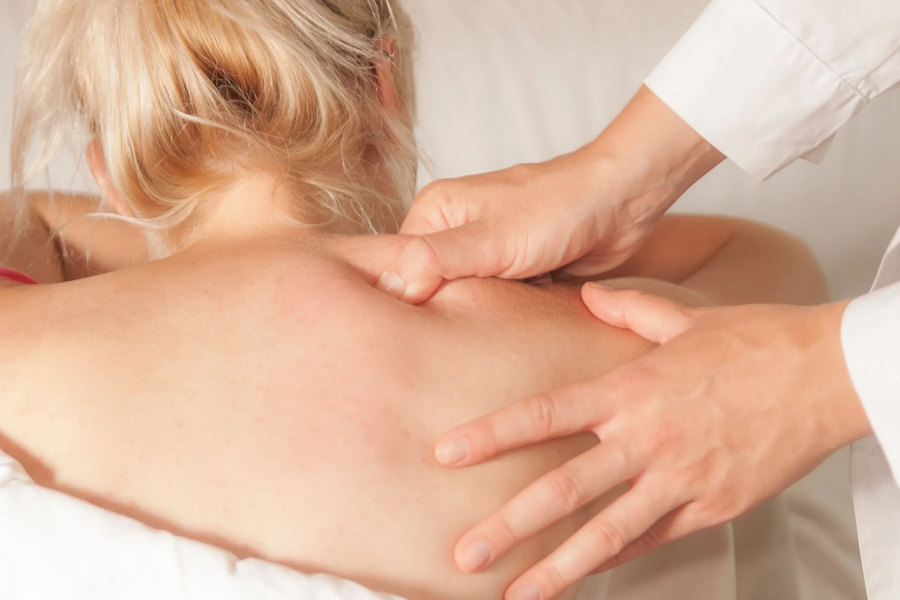A physiotherapy is a holistic approach to the treatment of physical and mental health problems, including injury, chronic pain, or illness. Physiotherapy sessions help reduce pain, prevent or reduce muscle tension, and improve movement and posture through rehabilitation exercises or massage therapy. This article will look at the importance of physiotherapy in the modern world.
Physiotherapy is an important element of good healthcare today. Injuries such as sprains and muscle strains can affect daily activities which disrupt a person’s life by preventing them from doing what they want to do with their time. Physiotherapists are professionals who deal with these injuries, aiming to resolve them and improve the way a patient thinks and acts.
It is important for people to realize how valuable therapy is as it can help reduce a person’s pain levels and influence their way of thinking. Physiotherapy will help an individual understand their injury or illness, therefore reducing their stress levels as well as helping them focus on completing exercises.

Pain Relief
Pain relief is vital in the rehabilitation of any injury or illness. Patients are encouraged by physiotherapists to take part in therapeutic activities which will not only strengthen and tone injured areas but also encourage blood flow which helps improve overall body health. Although in some cases, pain relief is achieved through using ice packs or heat packs, other therapy such as massage can also help the patient to relax and reduce their tension levels.
Physiotherapists may give the patient advice on how to reduce their pain. For instance, a sprained ankle will naturally hurt but physiotherapists may suggest that the patient uses stairs instead of elevators and escalators in a building until they are able to walk properly again.
Exercises
It is important for patients who have experienced an injury or illness to take part in exercises supervised by a physiotherapist to help strengthen muscles around the injured site and aid recovery. Patients may be recommended to use crutches (walking sticks) to begin with, although they may be asked to use a walker or a scooter until they are able to walk normally.
Popular exercises include exercising the neck and upper back, which can help back pain; exercises for the lower body, which can help prevent knee injuries and muscle strains; as well as exercises for the arms and hands. The patient will also be advised on how much exercise is ideal for them before starting and what direction the treatment should take.

